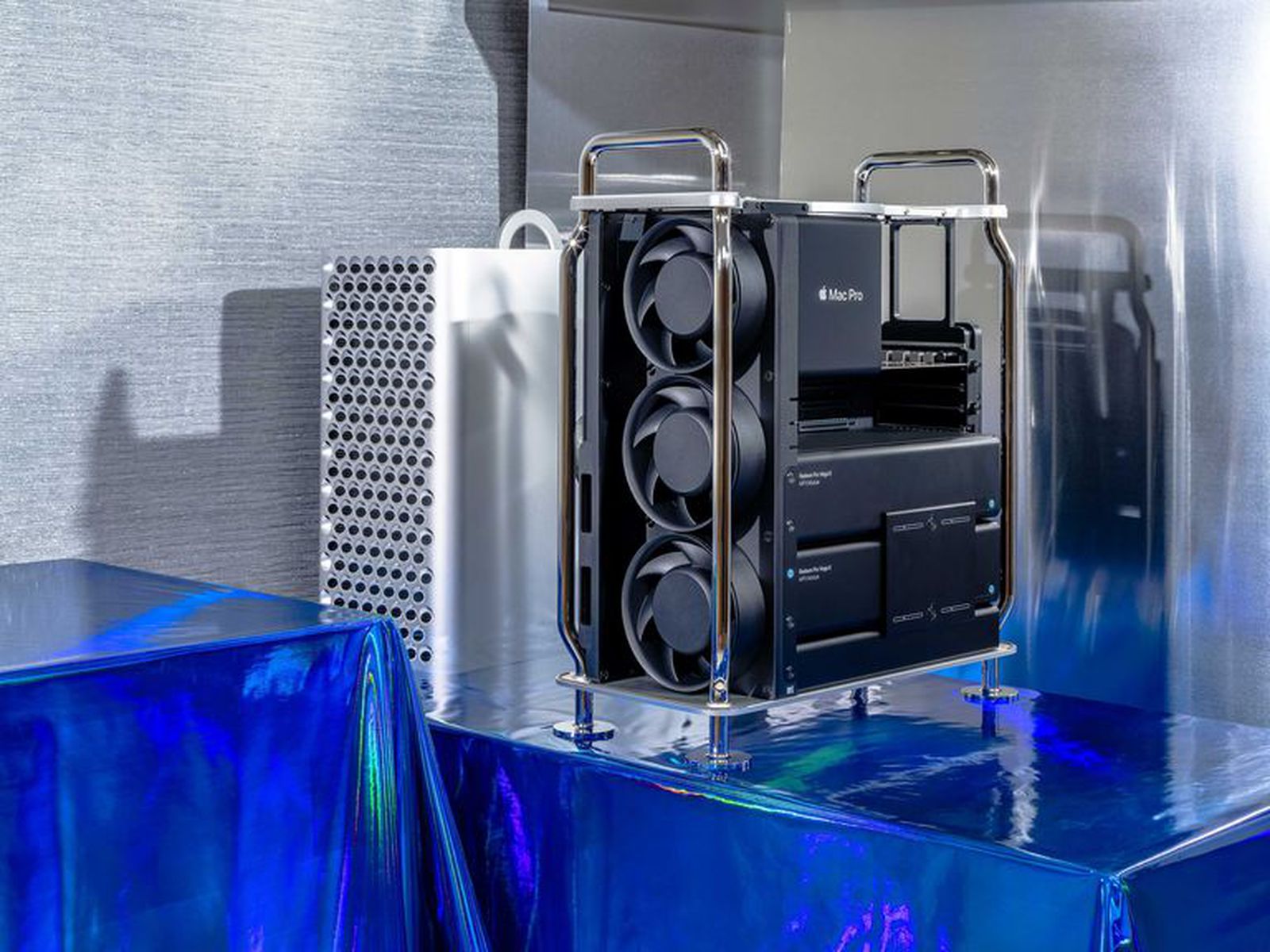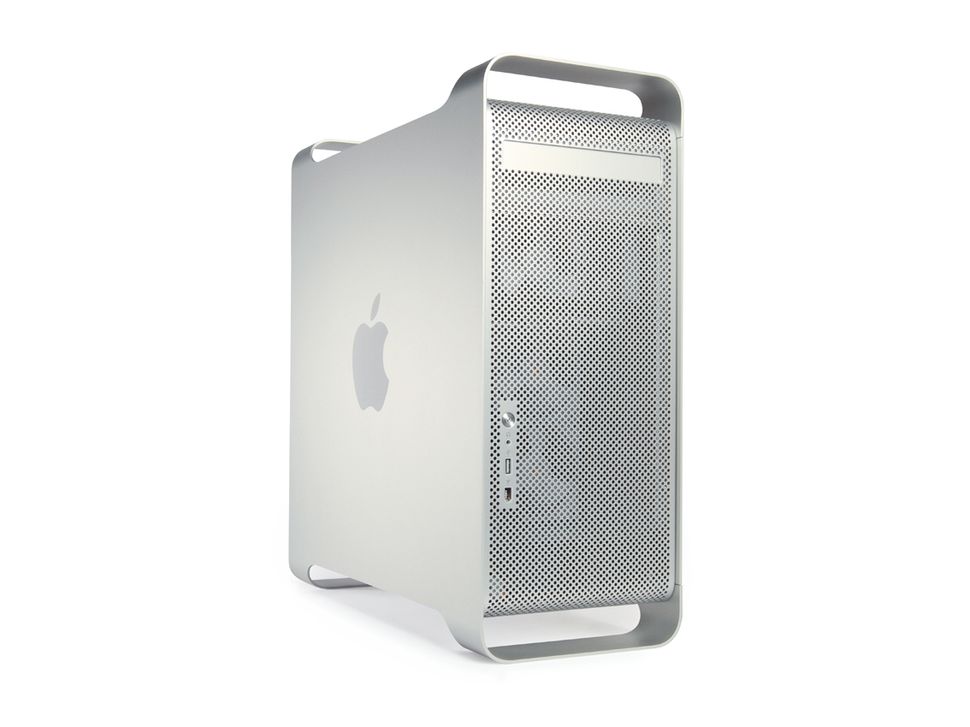
- #Which power mac g5 models had liquid cooling how to#
- #Which power mac g5 models had liquid cooling upgrade#
- #Which power mac g5 models had liquid cooling full#
- #Which power mac g5 models had liquid cooling Pc#
- #Which power mac g5 models had liquid cooling free#
Before you do that, clean the contact pads or scrape them lightly with a craft knife so that a clean surface is exposed – you will find them easier to solder to if you do this!
#Which power mac g5 models had liquid cooling how to#
Here is a link to my video of how to make good your mistake though if you do break a wire from the stator:īefore attaching the new controller board, I recommend that you pre-solder each of the pads to which you will be attaching the coil windings of the stator. This is one reason why I definitely advise you to take your time when de-soldering!!
#Which power mac g5 models had liquid cooling free#
If you have been very careful and lucky then you will not have broken any of the small stator coil windings! If you did break one or two then do not worry, but you will need to remove the stator from the housing, unwind the affected coil by one turn to get enough free material, scrape enamel of the new length and then reattach the stator into the original position WITH adhesive (this is essential – in contradiction to what I say in the next video – as I have found that if you do not stick it back in place then the pump will be very noisy as the stator can move and could potentially cause pump failure).

Recommended tools for the job are soldering iron (essential), wet sponge (to clean the solder from the iron), Torx 20 screwdriver (disassembly of pump), craft knife (to help in removing original stator coil wires from the PCB), solder removal pump (for doing initial de-soldering of the coil leads).Īnd here is the stator exposed, having removed the old controller PCB. The replacement controller board has a Sanyo pump controller chip as used in the Swiftech pumps – it is quieter and more efficient than the original g5 control chip and enables easy voltage control of pump speed and reporting of pump speed to a fan controller. Here is a link to a video of the original PCB removal process: The original control board of the pump exposed
#Which power mac g5 models had liquid cooling full#
Here is the underside of the pump assembly and you need to undo the 4 Torx 20 screws to take the pump apart.Īnd here are some disassembly shots, note that the lower compartment is full of springs – this is the volume compensator module that Apple used in the G5 to account for the lack of a reservoir in their cooling loops: In fact, even if the pumps did not work then it is still probably possible to do this conversion successfully as if the reason for failure was a component fault on the control PCB then this conversion will correct that……
#Which power mac g5 models had liquid cooling Pc#
To do that you need to connect +12v to two points on each pump and ground to one point (the pump leads are: Ground, rpm, +12v and “Motor” (which needs 12v) on the large breakout plug you can see I used some spare front panel connector leads from a PC to jerry-rig the inputs.īoth pumps sprang into a slightly noisy life, but obviously working, so I quickly disconnected, knowing that they should be good candidates for conversion. In these shots you see the original unit and me testing it to check if it functions. If you are not good with a soldering iron then I suggest you forget it – as this process is not for the impatient. IF you are competent with a soldering iron, then it is worth a go.
#Which power mac g5 models had liquid cooling upgrade#
As Google will tell you, the results are a seriously quiet water pump which is more efficient than the original G5 and the normal Laing DDC pumps and is also voltage speed controllable (by use of a fan controller or simple voltage reducing circuit).Īs well as the board I am fitting here, he sells an 18W pump upgrade and a PWM speed adjustable upgrade too. If you want to contact him then you can find him by his eBay user link: ĭIYINHK make boards of various types and the one I am showing how to fit in this post is a $10 (including worldwide postage) item for incorporating a new Sanyo pump controller PCB into your Laing pump.


On the economics side and the practicality side there is a good reason for refurbishing your pump with a new circuit board from the incredibly well priced DIYINHK (for DIY in Hong Kong) that you can track down via eBay and google. Also, people felt that re-using a component from a failed G5 may be a false economy. Why don’t more people re-use the G5 pump? The answer to that is that the G5s had proprietary fixings in the form of different wiring, and a volume compensator. Why re-use the pump? Well it is a Laing DDC unit which is pretty much an industry standard and new costs around £55. When you buy a dead G5 with a water cooler, I suggest that you do not throw away the cooling unit, but instead think about re-using the pump (the radiator could also be re-used, but many people do not like the idea of using aluminium radiators in water loops….but that is another story). Most often the leaks were not from a failed pump, but often a seal in the CPU water block. Many G5s died when the water coolers sprang a leak and poured water into the PSU housing. Apple PowerMac G5s came with either air cooling or liquid cooling.


 0 kommentar(er)
0 kommentar(er)
